Imagine having a museum job located just outside Sequoia National Park, with exhibits inside the Park. Then imagine a job where your responsibilities include wearing many, many “hats,” but where you know you’re making an impact. This is the job of Lisa Monteiro, executive director of the Mineral King Preservation Society in Three Rivers, California.
While I love huge, encyclopedic art museums, it’s the small niche museums, local history museums, and preservation societies that tell the local stories that the big museums miss. This interview with Lisa shares a behind-the-scenes glimpse of one of these small and impactful museums.
Please give us an overview of your museum.
The Mineral King Preservation Society (MKPS) is a nonprofit museum located in Three Rivers, California, with a mission to preserve and share the rich cultural and natural history of the Mineral King - a picturesque valley named for its mining history, located in Sequoia National Park. Rather than operating from a single museum building, our organization exhibits its collection in the Mineral King Room at the Three Rivers Historical Museum, in a historic cabin in Mineral King, and in a rotating exhibit in a county museum.
Our collection includes photographs, oral histories, mining artifacts, archival documents, maps, and family records. We tell the story of Mineral King’s mining history, environmental conservation efforts, and early tourism. We have three part-time staff members and myself -I work full time. We also are supported by a small but dedicated group of volunteers.
Mission: The Mineral King Preservation Society is dedicated to preserving and sharing the history of Mineral King and the Southern Sierra for future generations.
What is your job title and what are your main responsibilities?
I serve as the Executive Director. My main responsibilities include strategic planning, program development, fundraising, community partnerships, and overseeing the preservation and interpretation of our collection. I also write grants, coordinate exhibits, manage our membership and communications, and support the board in long-term planning and implementation.
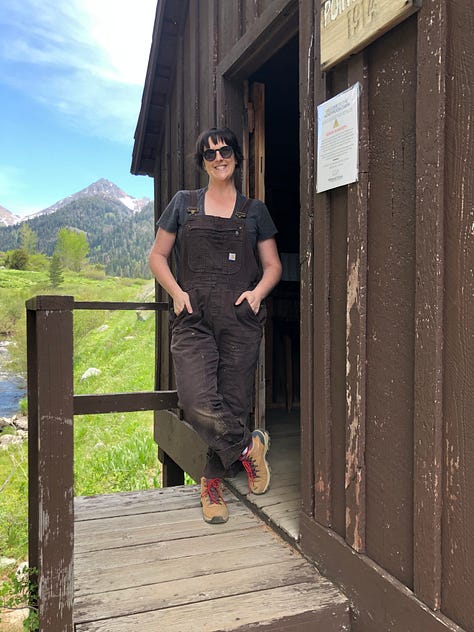

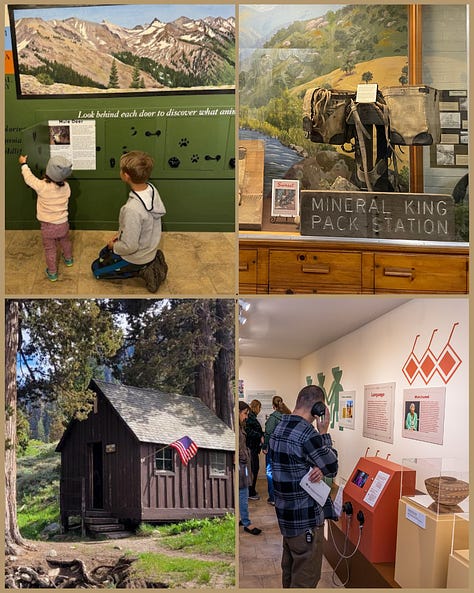
What education and experience did you have before you took this job?
Before joining MKPS, I had a background in libraries and museums. I served as Executive Director of the Central Sierra Historical Society and in academic and public libraries. I have experience with grant writing, fundraising and program development. I hold B.A. in English, I also have experience producing public events, managing volunteers, and telling stories that connect people to place, which made MKPS a natural fit for me.
What’s your one most favorite thing about your job, and what’s your least favorite thing?
My favorite thing about this job is that no two days are exactly alike. One day I might be writing a grant or working on painting for an exhibit, and the next I’m up in Mineral King to set up for an event, or sitting down with someone to record their family’s story. The variety keeps the work fresh and meaningful and keeps me feeling passionate about the work we do.
My least favorite part is monitoring Facebook comments and planning out the social media posts. It can be time-consuming, and sometimes the energy online doesn't match the spirit of the work we're doing in the real world.
How does your museum put a focus on the visitor experience and wellness?
While we don’t have a traditional museum building, we prioritize accessibility, storytelling, and emotional connection in everything we do. Whether it’s a pop-up exhibit, a lecture, or a day on the Mineral King lands, we aim to create spaces that invite people to see and learn about our past through a different lens.
What’s an example of how your museum makes an impact on the community?
We created an exhibit, Native Voices, for the Mineral King Room. We had over 200 people attend the unveiling. The majority were from the Native American community from all over California. One elder told me, “This is the first time I’ve seen our story told this way, by us, not for us.” I will never forget that and it gives me chills even typing this now, two years later.
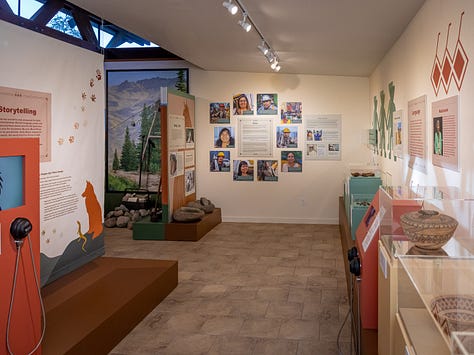
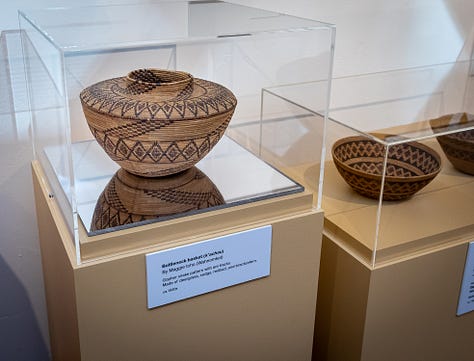
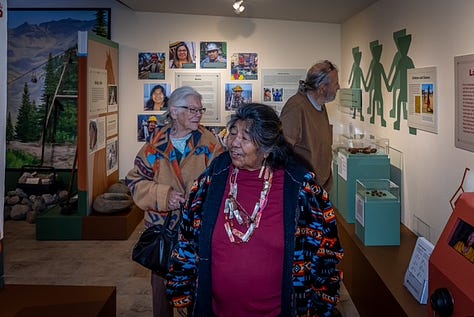
Native Americans are still here and that was the message we wanted visitors to take away from seeing this exhibit. Our committee consisted of tribal members as well as museum staff. We also surveyed the Native community to ensure the subjects our exhibit covered were ones they wanted to tell. They chose to focus on storytelling, basketry, language, and that "We are still here!" "Mai Het'a Xeow" (in Wukchumni). That day was a reminder of how meaningful it is when museums create space for people to tell their own stories.
What do you wish museum visitors understood about museums that they probably don’t?
I wish more people realized how much of a museum’s work happens behind the scenes and how much of it depends on community support. I also hope visitors understand that small, community-rooted museums like ours play a powerful role in preserving local history that includes stories that have had a great impact on a larger scale. Without these smaller organizations, these narratives might otherwise be lost.
Thank you, Lisa! I appreciate all you shared and all you do!
Please check out the Mineral King Preservation website and their Facebook page.

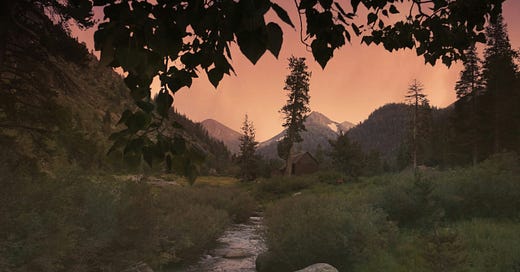





develop it. Offering information at multiple locations is unique too. It’s on my bucket list!!
How refreshing to learn about a museum that prioritizes accessibility, storytelling, and emotional connection through a collection relevant to tribal members who helped